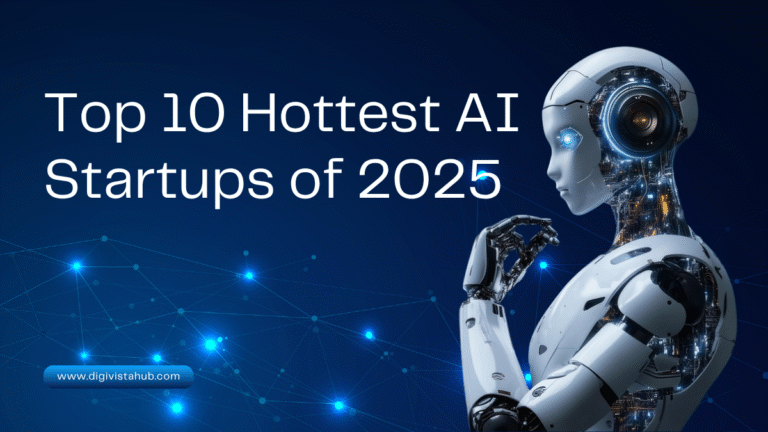Dan Patterson, Contributor | Reviewed by Radhika Rajkumar | Jan. 10, 2025 at 2:00 a.m. PT
As artificial intelligence (AI) continues to reshape industries, its impact on cybersecurity has become a double-edged sword. While it offers transformative defensive capabilities, it simultaneously provides bad actors with the means to launch increasingly sophisticated attacks. From data manipulation to AI-driven malware, 2025 promises to be a year of significant upheaval in the cybersecurity landscape.
Building on the trends of 2024—ransomware campaigns, AI-powered phishing, and state-backed cyber warfare—security experts now face a threat environment defined by rapid technological evolution and geopolitical tension. Here’s a closer look at five critical developments shaping the cybersecurity battlefront in 2025 and what they mean for businesses and individuals.
1. Ransomware Will Shift to Data Manipulation and Destruction
Ransomware, once a tool of financial extortion, is evolving into a more dangerous weapon aimed at undermining trust and stability.
Historically, attackers focused on encrypting data and demanding payment for its return. But in 2025, ransomware operators are moving beyond these tactics to compromise the integrity of critical information. This shift means attackers could corrupt sensitive databases, alter financial records, or disrupt operations in essential sectors like healthcare and finance.
Consider the chaos caused by manipulated medical records in a hospital or falsified financial data at a global corporation. The consequences extend far beyond economic damage, posing risks to lives and eroding public trust in vital institutions.
Dick O’Brien, a principal intelligence analyst at Symantec’s Threat Hunter Team, highlights the increasing complexity of ransomware operations. “While ransomware payloads haven’t seen major changes, the attack process itself has grown more sophisticated,” he explains. “Modern ransomware attacks involve multi-stage operations with attackers using legitimate tools and software before deploying ransomware at the final stage.”
Studies from the Cybersecurity and Infrastructure Security Agency (CISA) further underscore the integration of AI and automation in ransomware attacks, enabling faster and more targeted campaigns.
How to Prepare:
- Develop robust backup and recovery systems to minimize downtime during an attack.
- Regularly verify data integrity to detect any tampering.
- Invest in advanced endpoint detection and response (EDR) solutions to detect and isolate threats quickly.
2. AI-Driven Attacks Will Outpace Human Defenses
AI’s rapid advancement is empowering attackers to outmaneuver traditional cybersecurity defenses. This year, cybercriminals are expected to leverage AI to automate phishing campaigns, craft more advanced malware, and pinpoint vulnerabilities with unparalleled speed and precision.
Unlike traditional methods, AI enables attackers to adapt to defensive measures in real-time, making their efforts more difficult to counter. Phishing emails generated by AI can mimic human communication so effectively that even seasoned professionals may struggle to identify them.
For defenders, the challenge lies in the sheer volume and complexity of these attacks. While cybersecurity teams are deploying AI to strengthen their defenses, they face the daunting task of keeping pace with increasingly automated and adaptive threats.
How to Prepare:
- Incorporate AI-powered tools to enhance threat detection and automate incident response.
- Train employees to recognize advanced phishing tactics and social engineering attempts.
- Strengthen system architectures to reduce potential vulnerabilities.
3. Critical Infrastructure Will Be a Prime Target
Cyberattacks on critical infrastructure are expected to escalate in 2025, with utilities, transportation systems, and healthcare networks among the primary targets. As these sectors become more digitally interconnected, they also become more vulnerable to disruptive attacks.
State-sponsored threat actors are likely to focus on exploiting these vulnerabilities to achieve geopolitical goals, whether by destabilizing rivals or asserting dominance in critical regions. The consequences of such attacks extend far beyond the digital realm, potentially leading to physical disruptions and societal chaos.
How to Prepare:
- Implement stricter cybersecurity measures for critical systems, including network segmentation and access controls.
- Conduct regular stress testing to identify weak points in infrastructure defenses.
- Collaborate with government agencies to share threat intelligence and strengthen response plans.















